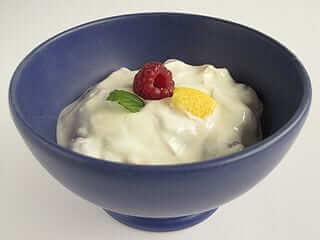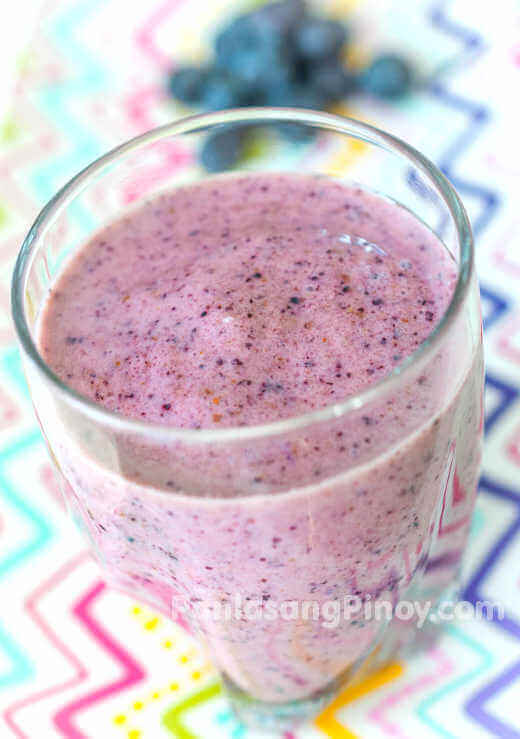Greek Yogurt Nutrition
Strained yogurt is more commonly known as Greek yogurt, but the former term describes how it is made: yogurt is simply strained through cloth or paper in order to remove its whey content. This gives the yogurt a consistency similar to cheese without sacrificing its distinct taste. And because whey protein is typically removed, it’s…
This post may contain affiliate links. Please read our disclosure policy.
Strained yogurt is more commonly known as Greek yogurt, but the former term describes how it is made: yogurt is simply strained through cloth or paper in order to remove its whey content. This gives the yogurt a consistency similar to cheese without sacrificing its distinct taste. And because whey protein is typically removed, it’s correct to state that Greek yogurt nutrition contains 100% casein protein.
Here’s a typical breakdown of what’s normally on the label of a 5.3 oz. Greek Yogurt product: 80 Calories; 0 grams total fat; 10 milligrams cholesterol; 50 milligrams sodium; 6 grams sugar; 15 grams protein; 15% calcium out of a 2000-calorie diet.

It’s true that regular and Greek types of yogurt can be an essential part of a healthy lifestyle. But when you compare this Greek yogurt nutrition with a regular yogurt counterpart (better use a similar brand for more accurate comparisons), and the former does seem to have an edge.
As far as protein is concerned, Greek yogurt has lots of it, which is a good thing. Six ounces of this stuff has about 15 to 20 grams of protein, which is equivalent to about 2 to 3 oz. of lean meat – an ideal alternative source for vegetarians.
You might want to take what people say about Greek yogurt fat with a grain of salt, though. The truth is, with 7 oz. of Greek yogurt alone, you treat yourself to 16g of saturated fat. If you’re on a 2000 calorie diet, this means you’ve already punched yourself with 80% of your limited fat intake. Imagine eating 3 Snickers bars. But what you CAN do is to opt for the fat-free or low-fat versions of the stuff.
Greek yogurt nutrition shows that it has less sodium, though. And because too much salt can cause high blood pressure and heart problems, yogurt lovers will find going Greek a healthy choice. With Greek yogurt averaging at 50 mg of sodium per serving, it’s quite far from the approximate 2,300 mg per day limit set by most dietary regulatory boards across the world.
While strained yogurt does give up on a lot of its calcium when it’s made, a six-ounce serving still possesses at an average 20% of the daily recommended intake, so it’s still quite significant.
Try using Greek yogurt to spice up your usual diet. It’s actually a great substitute for sour cream as a dip for nachos or tacos, and they also replace mayonnaise on potato salads, sandwiches, and coleslaw really well. But if you want it really simple, you can try adding flavor to your usual serving of carrots and cucumber slices by dipping them in Greek yogurt. It’s quite versatile, and learning how to use strained yogurt in various ways may need some research.
In a nutshell, experts who advise on Greek yogurt nutrition will tell you to go for the plain, nonfat or low fat types of Greek yogurt. Doing so will allow you to stay full at the cost of fewer calories, making it ideal for easy and realistic weight loss plans. On top of it all, like most yogurt, the Greek stuff is great for your digestion.


Leave a Comment